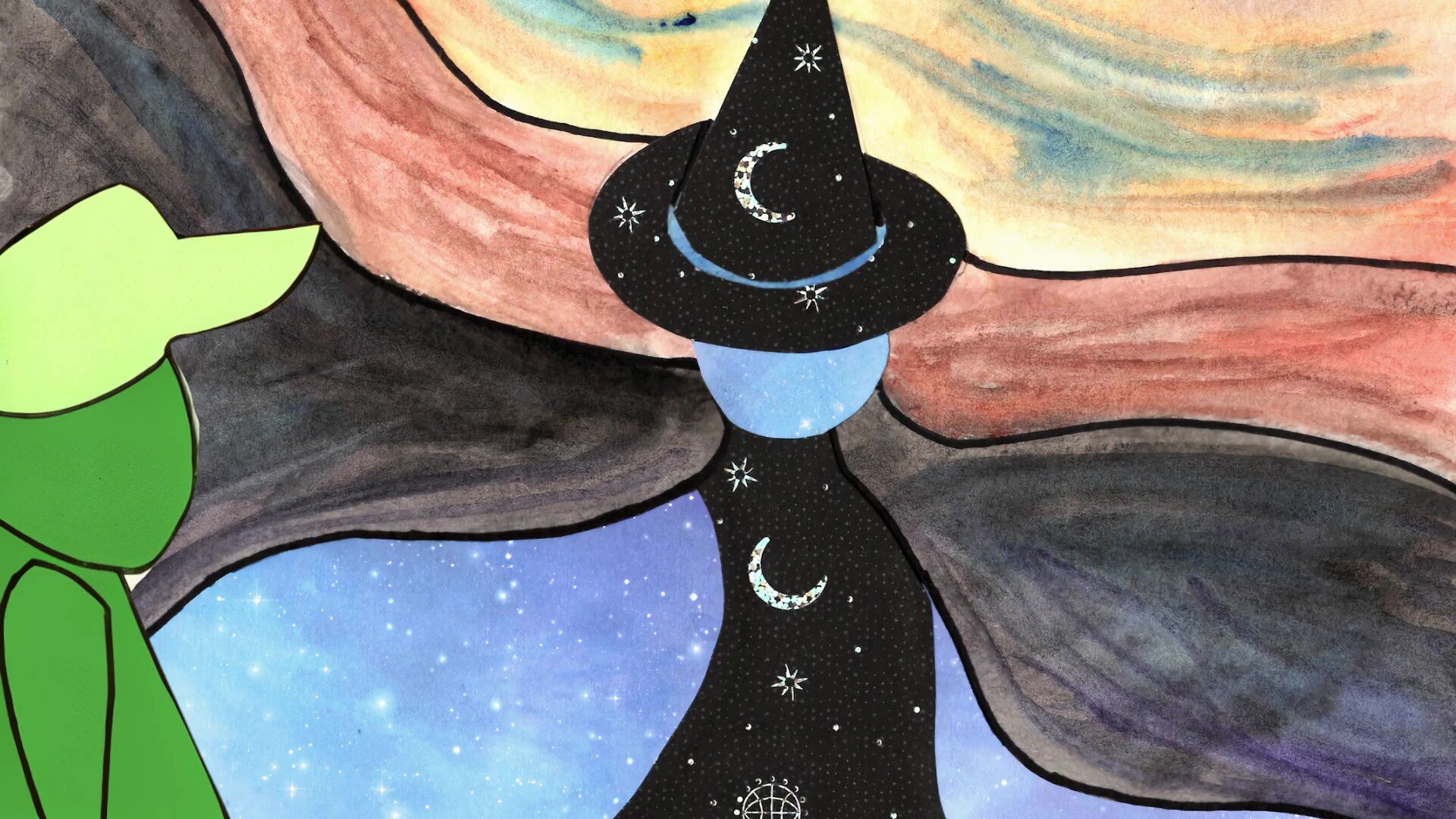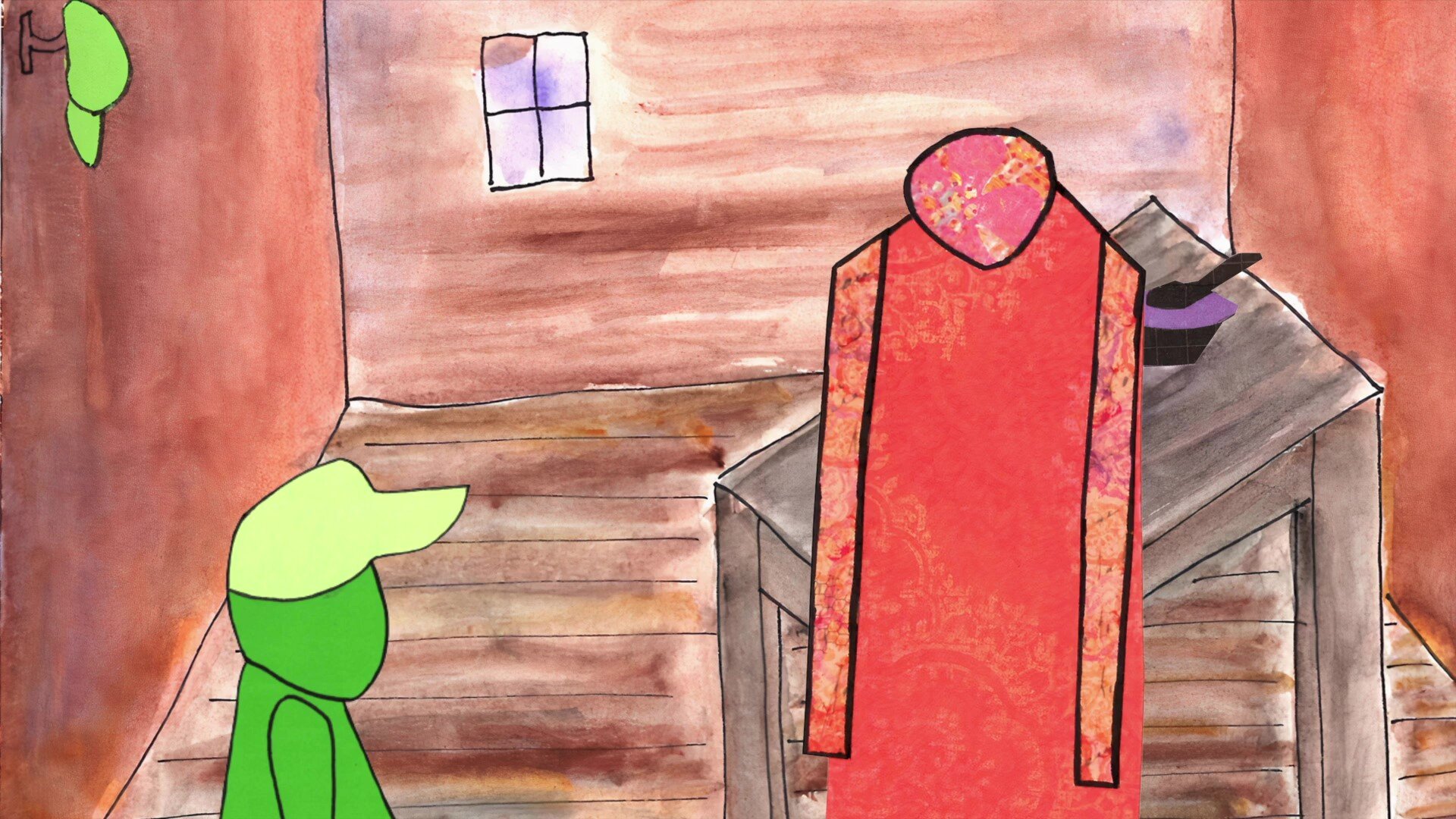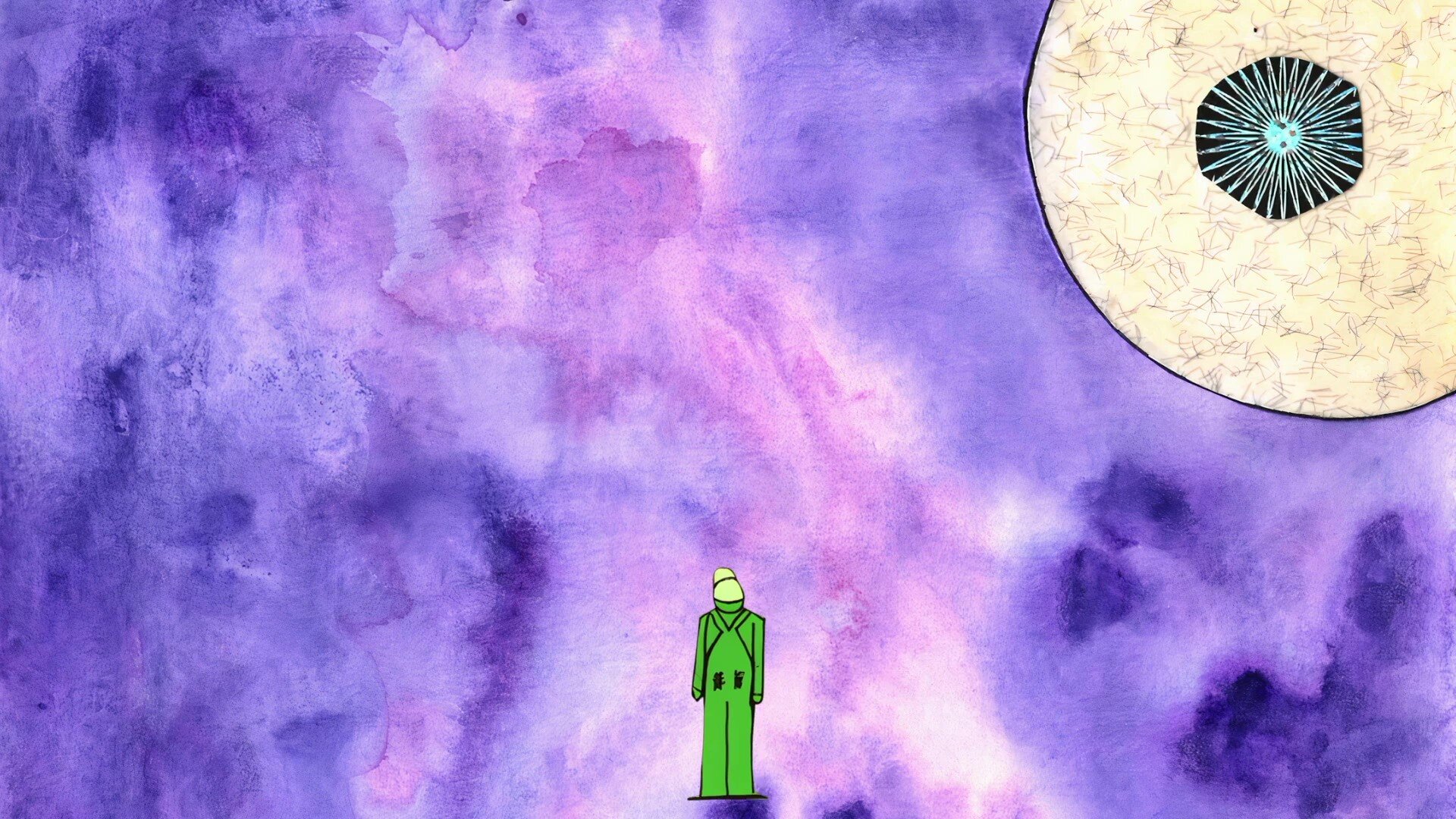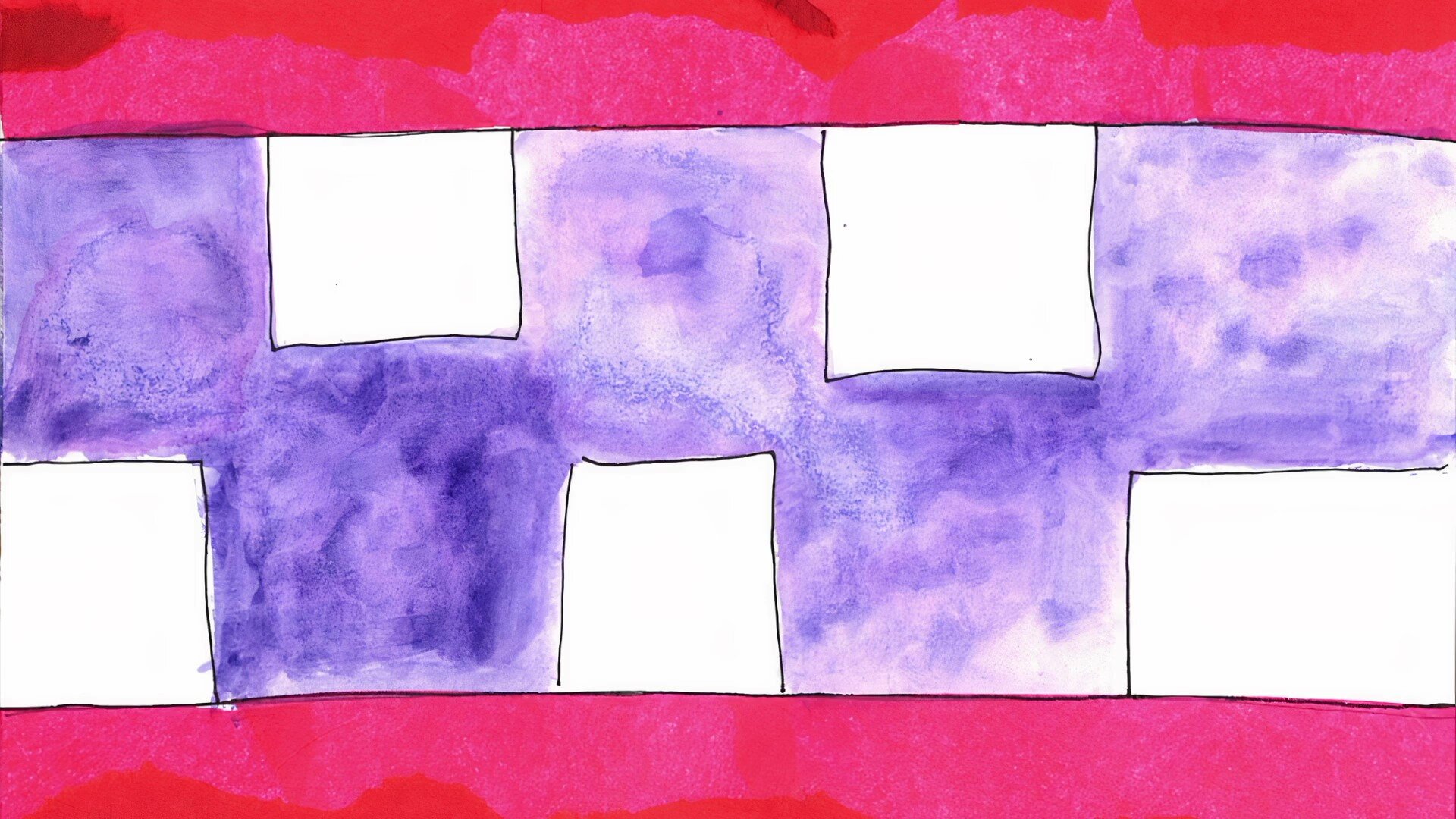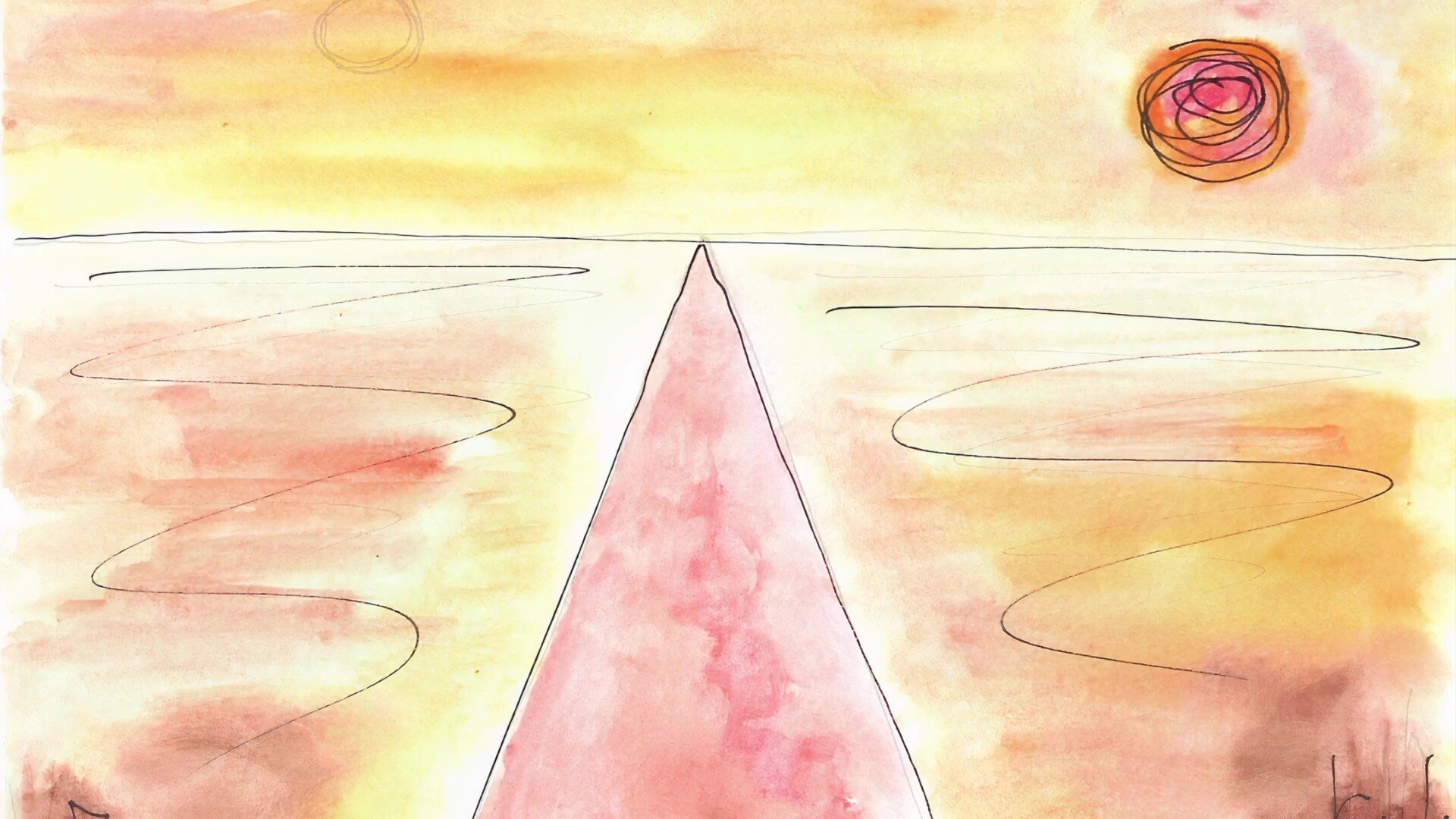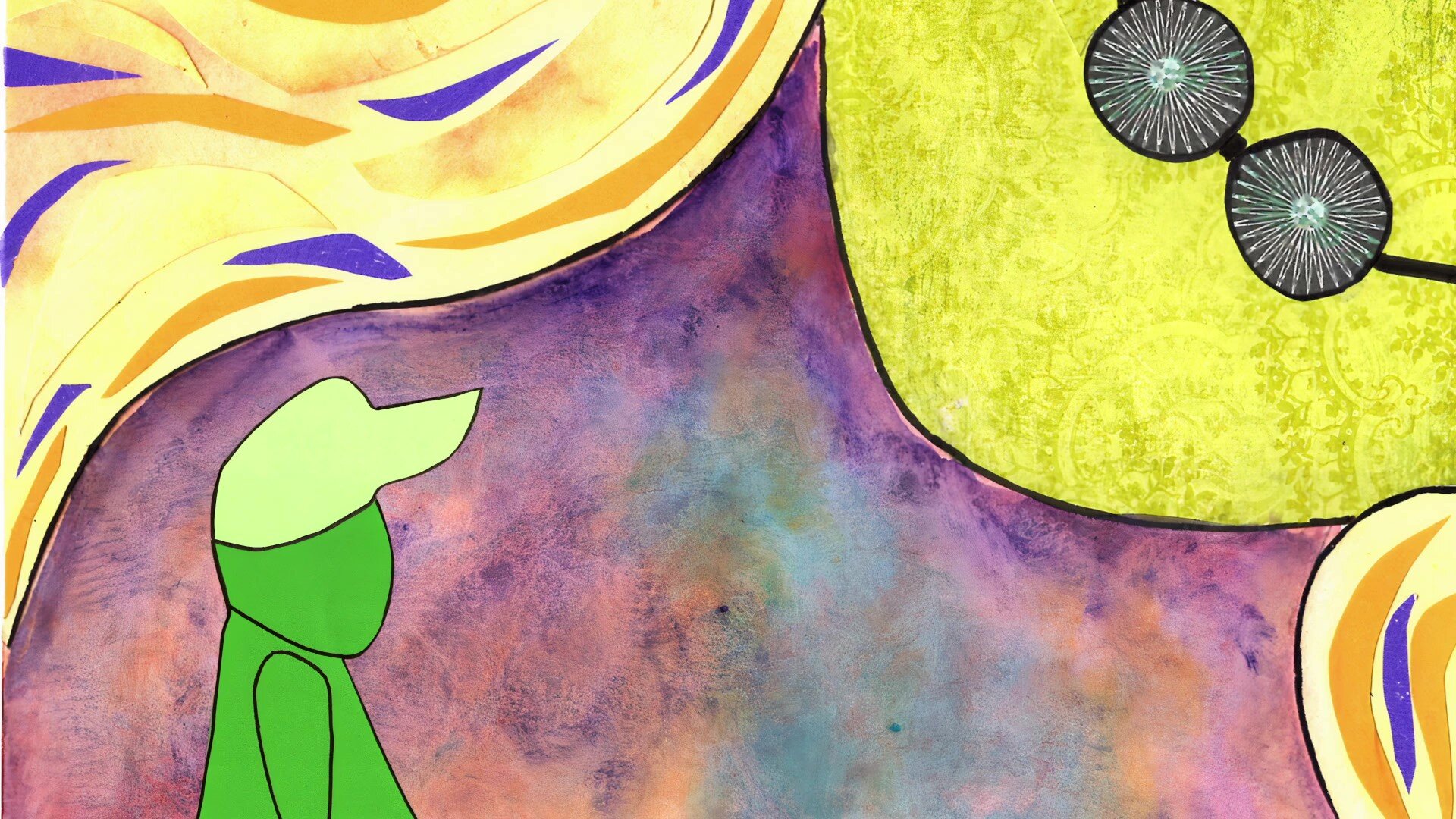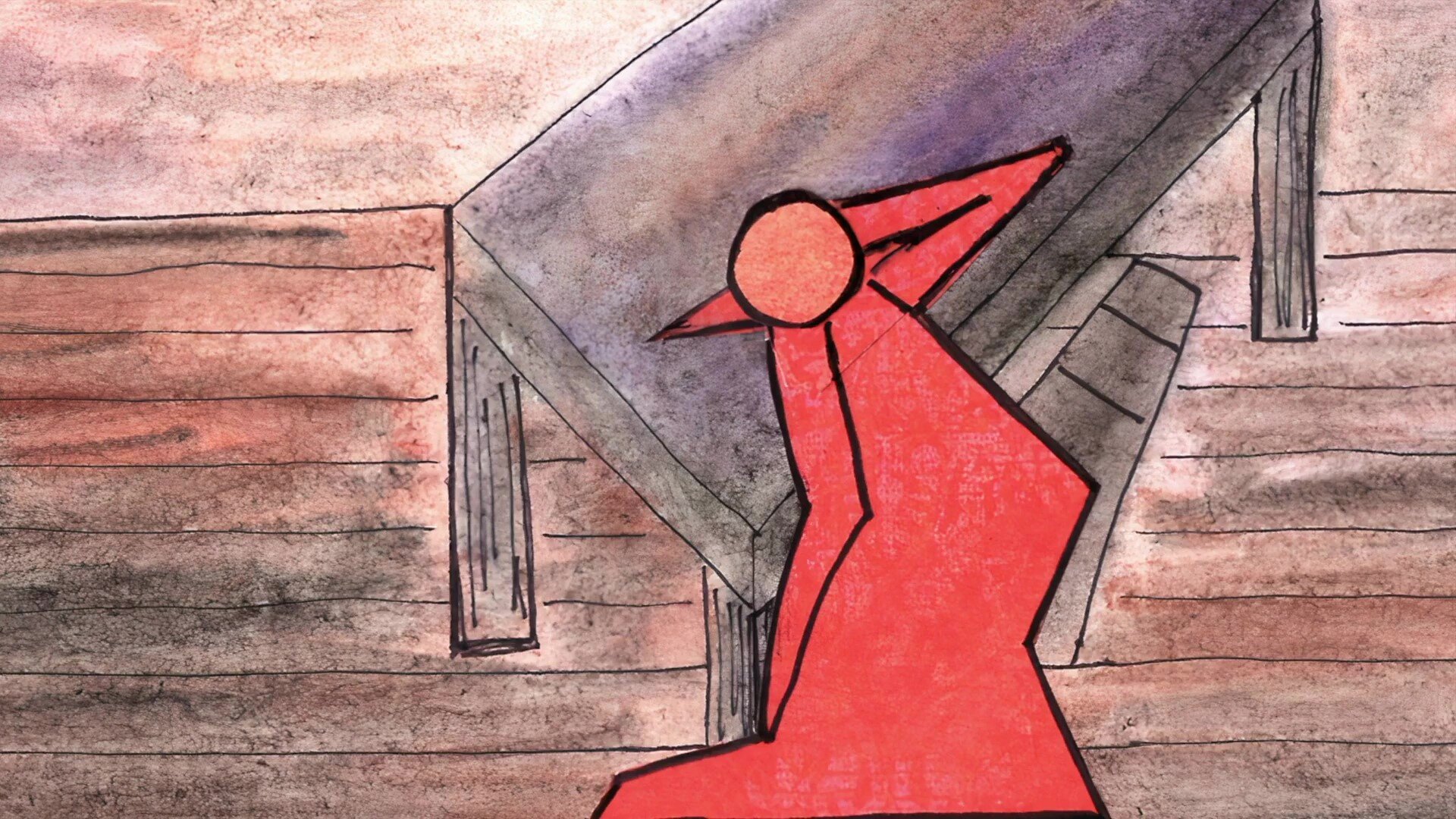Behind the Scenes of Jacked!
Reflections on Creating the Visual World for Metro Theater Company’s Production of Jacked!
By Nicholas Kryah, January 2021
Who can resist magical beans? A towering, climbable beanstalk? A singing harp? A goose that lays golden eggs? GIANTS!? I can’t.
I was excited to hear that Metro Theater Company was going to produce Idris Goodwin’s new play Jacked! My first appearance with Metro Theater Circus (as the Company was called in 1977) was in Somersault, Zaro Weil’s adaptation of three fairy tales which included Jack and the Beanstalk. I played Jack and Carol North was my long suffering mother. Of course, I knew Idris’ Jacked! would be quite different, starting with the fact that it was going to be produced in the midst of a pandemic. Artistic Director Julia Flood wondered if I’d be willing to join the team that was going to figure out how to bring Jacked! to life.
Since the production couldn’t tour the community as originally planned, Julia and Director Jamie McKittrick came up with a concept that would use live actors, music, and visual images to tell the story. They asked if I would be willing to tackle the visual aspects.
I couldn’t resist.
My work always begins by reading the script many times over. Here are the elements I examined closely as I read Jacked!
Peak Dramatic Moments: When is the action most exciting or the emotions most intense? What moments occur just before and just after those peaks? Which moment do I want to present?
Characters: Who are they? How simply can I identify and distinguish them? Jack wears a green baseball cap. Mink has a pointed magician’s hat. The Bankers wear top hats.
Setting/Place/Environment: Where are we in the story? Are we in the Giant’s magical realm, or on Earth? Is the Earth green and fertile, or has it changed to a dry, sere landscape?
Mood/Emotion: What are the characters feeling and what can I do to show that? Mother collapsed at her bare table gives us the impression of her despondent mood. When she eats the golden egg, she suddenly expresses a power she hadn’t previously known.
I’m an actor, a director, a set designer, and a playwright. And I’m someone who has developed a profound hearing loss. (Thank you, genetics and thank you, scene shop power tools. Wear hearing protection, folks!)
As I look for new ways to create plays, the visual world has become more important to me than ever. And not just because of my hearing challenges. I’m looking for a way to capture the action of drama in something that more closely resembles the live performance of a play. During a performance we don’t see text. We see characters in action, moving through an environment. We see color and texture, light and dark. We hear voices and music. We feel emotions. I want to make scripts that do this, too.
So my plays no longer look like traditional scripts with black letters (like this) on white pages (like this). Now they are made up of color and drawings, collage, cartoon, pen and ink, watercolor… and, yes, even a few words.
I grew up with comic books and, to this day, follow the comic strips in the newspaper. I like the use of simple line and limited color. I like the way excess is stripped away to create focus and movement in a panel. Graphic novels and illustrations have come a long way since I was a kid and have really influenced my work. I like the way the images alter my point of view. Am I looking down at something? From the side? Up? Into? I love having my perspective challenged. It makes my eyes move across the page.
But for Jacked! I knew I didn’t want to do a comic book version of the story. Instead I wanted my images to be evocative. My challenge was to figure out what I would show and what I would ask the audience to imagine. In a live performance we always invite the audience to participate as we all ‘pretend’ together. We are not literally in the giant’s lair. We’re in a seat next to a friend or a stranger in a building in St. Louis pretending we are in the giant’s lair. In Jacked! I want the audience to fill in some of the blanks that I leave very intentionally in the visual storytelling. What does the giant look like? You already have an idea. I have one, too. But I want to honor your idea and, at the same time, express mine. Thus, when I made the images of the Giant in Jacked! I used only parts of the body: the eye, the hand, the teeth. You can fill in the rest.
Another influence on my work in Jacked! is Jacob Lawrence’s Migration Series. His series of sixty paintings chronicling the migration of Blacks from the South to the North speaks to me powerfully. Some of his paintings inspired the dry, sere landscapes and the rugged interior of Jack’s cabin. If you look at the Migration Series, you will recognize how it influenced my image of Jack’s mother, leaning on the table. I created that plate as an homage to Lawrence’s ability to depict emotion through the isolation of a sole figure in its surroundings.
Ultimately, I decided to use different media to illustrate the different worlds of Jack’s dramatic journey through the play.
The ‘real’ world is flat and uninteresting to Jack, so I used two-dimensional pen and ink and watercolor washes to create simple, monochromatic images. Earlier, we learn, the land had been fertile and green, green, green. Now everything is burnt and wasted, brown, orange, and red. Those colors have emotional impact and underscore the Jack’s feeling that the present isn’t as good as the past.
Because the Giant’s world is the most magical, I chose bold colors in layered collages with fabric and paper over watercolor washes. I wanted to create complex images with three dimensional depth to give the Giant’s world a sense of wild abandon not anchored in reality.
Jack’s dramatic journey takes him from the innocence of childhood (when everything was a hazy watercolor green memory), through the difficulties of the present time (with burned out farms and brown fields), to an idealized dream of the future (the lush and colorful collages of the Giant’s realm), through the maze of drug experiences (psychedelic collage eggs), to maturity (a return to green watercolor enhanced with elements of collage). From flat watercolor to collage to a mix of both - that’s the visual representation I’ve mapped for Jack’s journey to wisdom and maturity.
Returning to Jack’s story after forty-three years has been an interesting journey for me, too. This time around I feel a bit like a collage myself. Layers of years and experiences. A little older, maybe a little wis… Trade the cow for magical beans? Who could resist THAT deal? I can’t.
Nicholas Kryah, Metro Theater Company’s Resident Artist for thirty-seven years, is an actor, director, designer, playwright and jack-of-all-trades. He last appeared on stage in the cast of MTC’s production of Bud, Not Buddy, but was seen last summer in MTC’s virtual production of Early Days – Stories of the Pandemic. Since retiring in 2014, Nick has focused on making visual art and exploring new ways to create plays for very young audiences. In 2019, Pollyanna Theatre presented the world premiere of his play, Everything is Round, which is currently being broadcast digitally by Magik Theatre. The world premiere of his play Luna, scheduled to open last summer in Austin, is on hold due to the pandemic. Nick is glad to be a part of the Metro Theater Company team, making new work in new ways in a new world.


